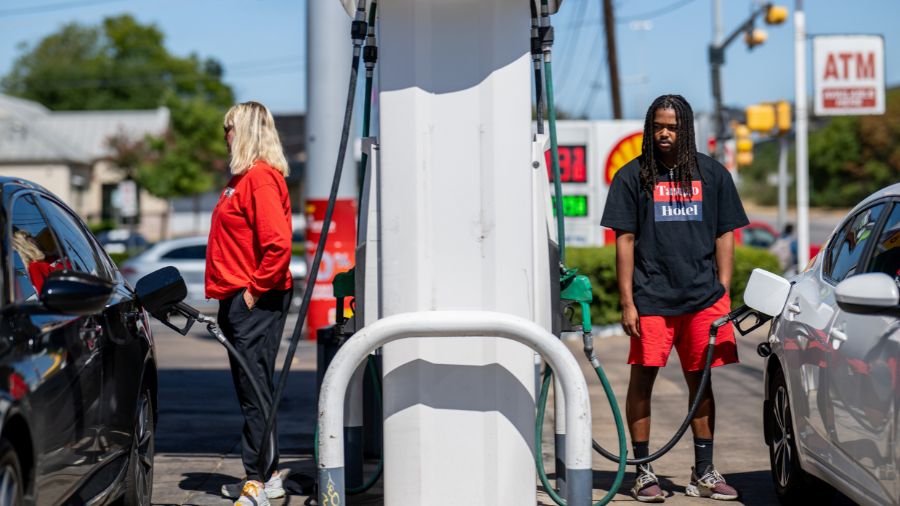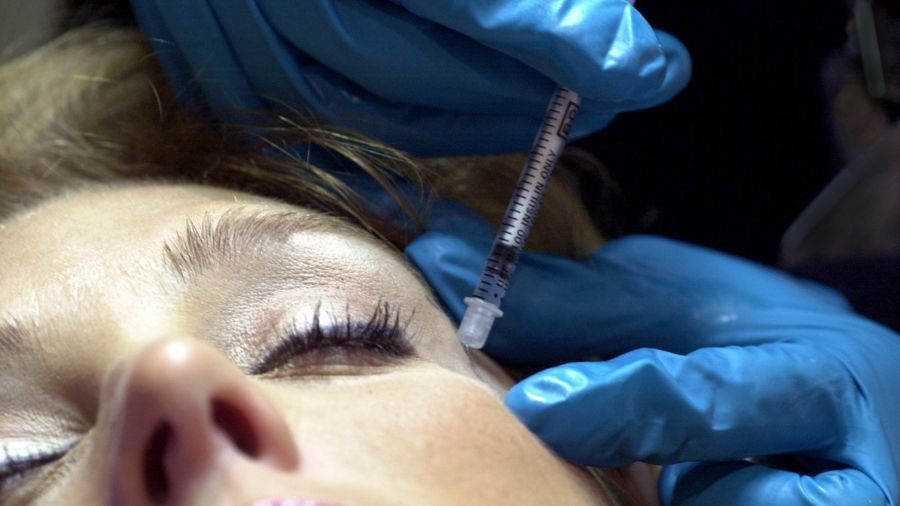Facebook to become first major tech company to bring Seattle workers back to offices
Mar 4, 2021, 9:36 AM | Updated: 12:13 pm

Facebook will soon have workers back in its Seattle offices. (Getty Images)
(Getty Images)
Facebook announced Tuesday that it plans to bring its Seattle employees back to its offices at 10% capacity.
Amazon hosts pop-up vaccine clinic in Seattle
This makes the social media giant the first large tech company in the Puget Sound region to begin bringing its workers back in person. In total, Facebook employs over 5,400 people in the region, the fifth most among major tech companies behind Amazon, Microsoft, T-Mobile, and Google, respectively.
In a statement to the Puget Sound Business Journal, Facebook spokesman Tracy Clayton indicated that “offices in Seattle, Bellevue, and Redmond are on the verge of opening again at a scale not seen since the COVID pandemic began more than a year ago,” but did not offer a timeline for when exactly that might occur.
The 10% of workers Facebook plans to bring back will be prioritized based on those who have been struggling most to be productive with the work-from-home model, the company told the Journal.
Officially, the company still plans to continue offering the option to voluntarily work at home until July 2 worldwide.
“We are encouraging everyone who can do their work remotely to continue working from home,” Clayton said.
Report: Amazon now has more employees than Boeing in WA
In the meantime, Facebook says it will continue monitoring local COVID-19 trends, as well as testing and vaccine access to assess its plans for the future.
Other tech companies in the Puget Sound region have continued to maintain their own remote work policies, including Amazon, where the option to work full time from home remains in place at least through June 2021. Microsoft took that a step further last October, indicating that it plans to enact flexible work schedules that would incorporate remote work options permanently.
Meanwhile, state leaders continue to encourage schools to begin phasing out their own remote models, pushing for students to at least begin returning to classrooms in a hybrid model. That’s based on emergent data indicating that students are less likely to significantly contribute to the spread of COVID-19 in school settings, and continued increases in vaccine distribution statewide.












